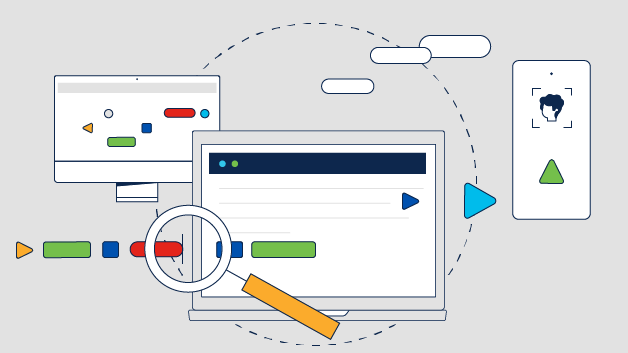How can email messages be compromised?
While many cybersecurity professionals are aware of common email security threats like phishing, ransomware, business email compromise, and other inbound threats, it's important to also consider data protection and securing outbound traffic. In short, implement measures to prevent users from sending sensitive data through email to external parties. There are four main components of an email message that can be compromised or manipulated:
- The body of the email
- The attachments of the email
- URLs contained within the email
- The sender's email address
What are email security best practices?
Email security best practices include the use of a robust email security posture that contains layers of security measures, including effective security intelligence across your entire architecture, retrospective remediation, and encryption to prevent data leakage among other features.
How can I help ensure Office 365 cloud email is secure?
Microsoft Office 365 has become the standard productivity platform in organizations large and small around the world. It is a cost-effective solution and provides a basic level of cloud email protection through Microsoft Exchange Online Protection. But with increased global usage, Office 365 has also become an attractive attack surface for cybercriminals, leading many customers to seek additional cloud email protection.
If your business has adopted Office 365 for your email solution, make sure you are fully protected with multiple layers of defense (PDF).
